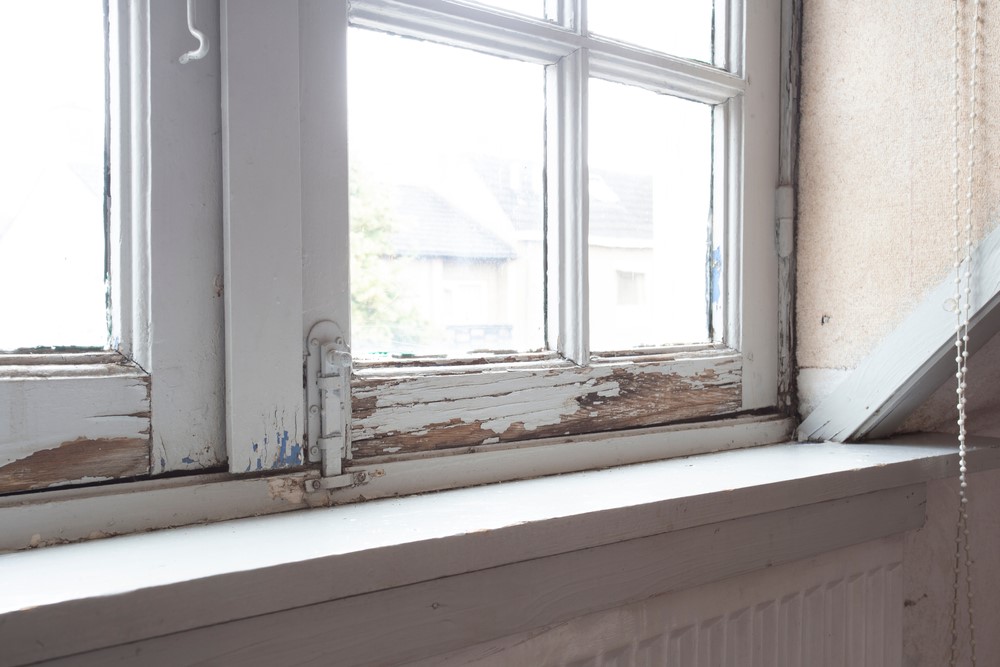I added a "part 1" to the title of this blog, because I expect will have several entries regarding this subject. There are a lot of aspects to these new requirements and an even greater number of consequences. For that reason it would be difficult to cover all of it in a single blog entry without running many pages.
As many of you may or may not be aware, on April 22, 2010, new EPA regulations go into effect with regards to remodeling work in structures built before 1978. This is due to the fact that these building could reasonable be suspected of having had lead paint used in or on them at some point prior to the banning of lead based paint.
The presence of lead has been linked with developmental problems in people, particularly small children. For that reason, lead has been phased out of many things over the past 30 years. Unfortunately the lead that was used in paint still exists in many structures under layers of newer paint or other material like tile or wall board. When area's such as this are disturbed it can generate paint chips and dust with lead in them.
In order to mitigate this risk the Federal Government, through the EPA, has implemented a program of required actions when working on homes, child care facilities and schools built prior to 1978. This program is known as the EPA's Lead-Based Paint Renovation, Repair and Painting Program.
The first step in this program was informational. For the past several years, remodelors, real estate agents and others have been required to distribute an informational piece to customers when they were dealing with pre-1978 properties. So far, so good. My company, Legacy Remodeling , has been doing this for several years. I believe that this is good information to give to homeowners about a possible health hazard in their home.
However, as we get closer to the April 22 deadline for compliance on job sites, I am increasingly concerned by what appears to be very heavy handed government regulations. These regulations will raise the risk of fines for companies that fail to comply, will raise prices for homeowners due to the required materials, will be difficult to enforce fairly and consistently, and is contrary to the entire idea of "green."
I am going to stop here, but will examine these four area's of concern in my next entry.
Tags
Subscribe to Legacy Remodeling's Blog











Comments